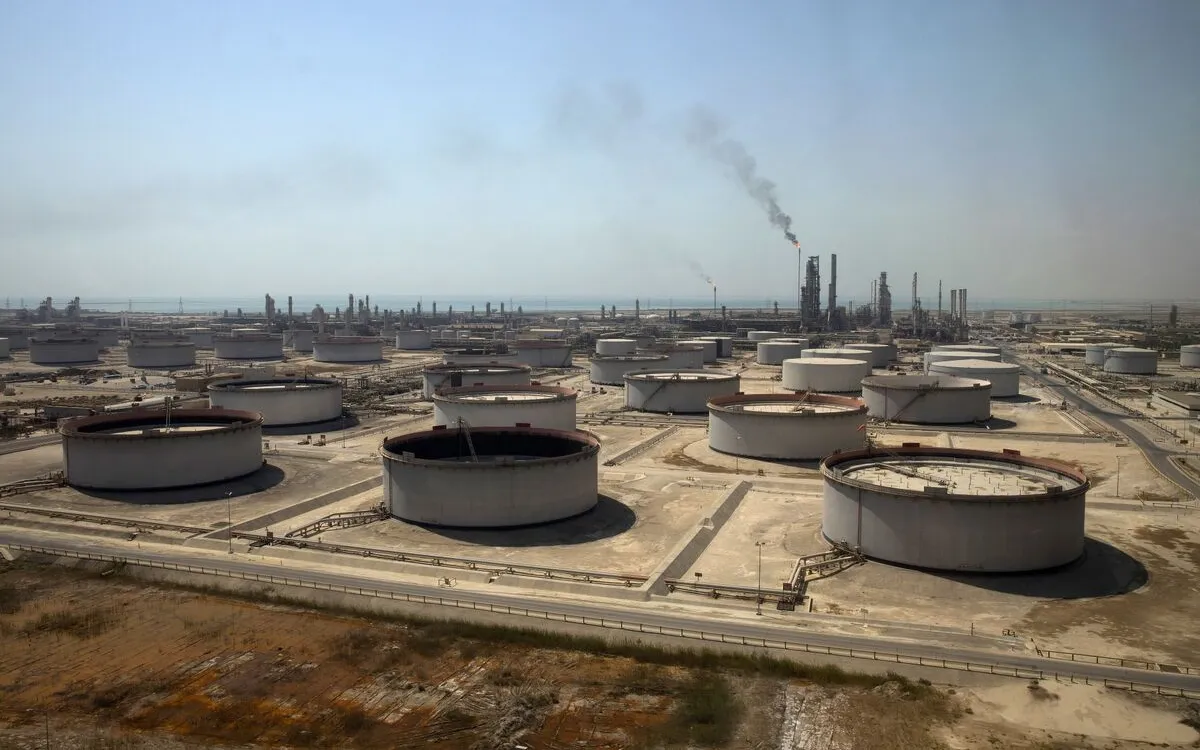
In a bold move to capitalize on the robust summer demand for oil, OPEC+ has announced a substantial increase in its production rates next month. The coalition, spearheaded by Saudi Arabia, aims to reclaim lost market share amid rising global consumption. This decision marks a pivotal shift as the group gears up to unwind its recent output cuts more swiftly than anticipated.
During a video conference held on Saturday, eight key members of the OPEC+ alliance reached a consensus to boost oil supply by 548,000 barrels per day. This increase is set to take effect next month, positioning the group to recover its output levels a full year ahead of the timeline previously outlined. The decision underscores the coalition's responsiveness to market dynamics and its commitment to meet the growing energy demands.
Before this latest announcement, OPEC+ had already declared incremental increases of 411,000 barrels per day for the months of May, June, and July. These adjustments were already three times faster than the initial schedule, reflecting the group's proactive approach to adapt to shifting market conditions. Traders had anticipated a similar increase for August, but the newly agreed-upon figure exceeds those expectations, signaling OPEC+'s determination to balance supply with demand effectively.
This strategic decision by OPEC+ is likely to have significant implications for global oil prices and supply chains. As the group moves to increase production, market analysts will closely monitor the effects on crude oil prices and overall market stability. The swift response to summer demand highlights OPEC+'s ongoing commitment to adjusting its production strategies in real-time to maintain its influence over the global oil market.
In summary, OPEC+'s decision to ramp up oil production by 548,000 barrels per day next month reflects the coalition's strategic focus on reclaiming market share amidst growing demand. As they unwind their production cuts, the alliance positions itself to navigate the complexities of the global oil landscape effectively. Investors and market participants will be keenly watching how these changes will shape the future of oil supply and pricing.